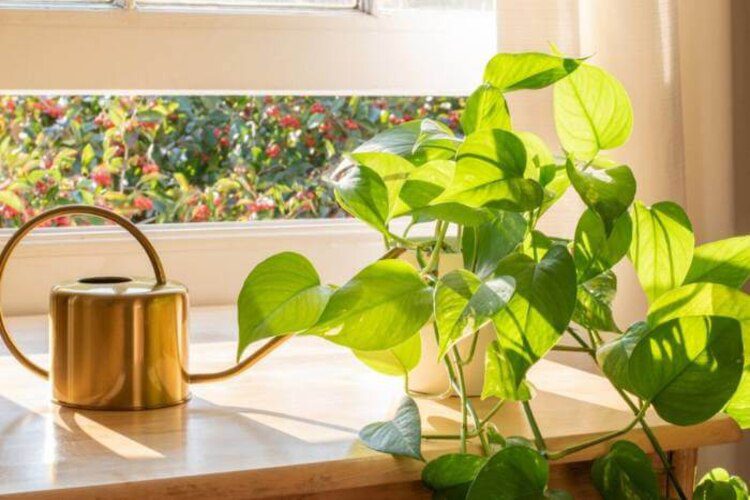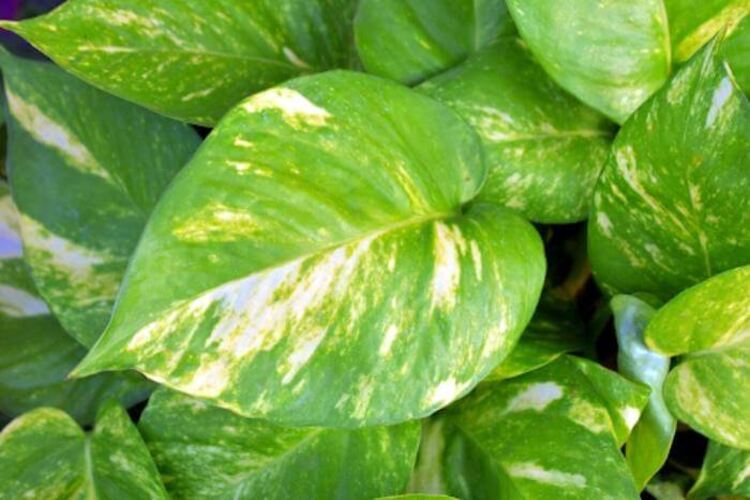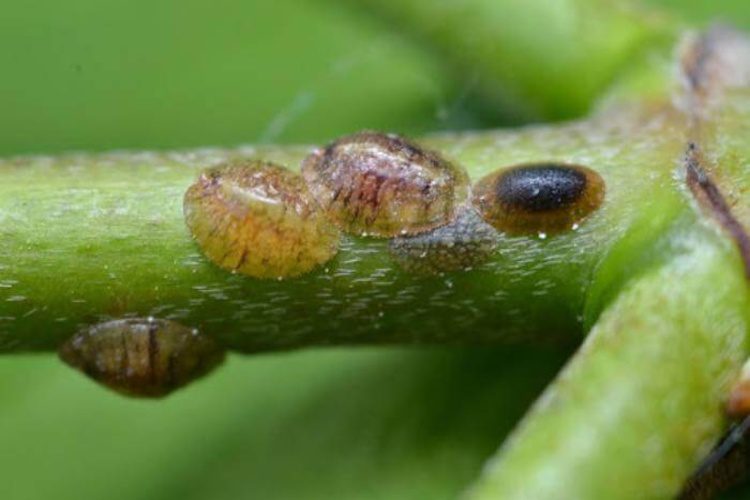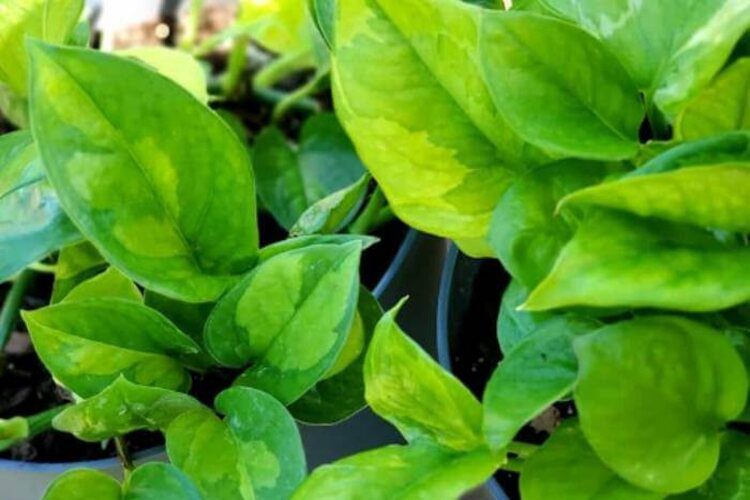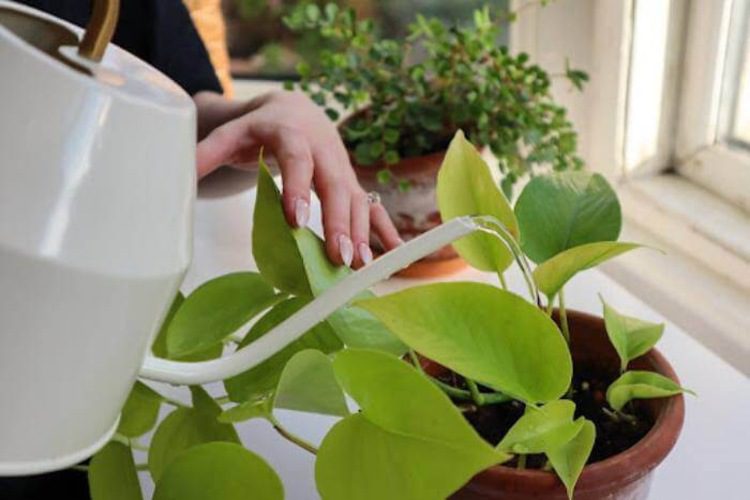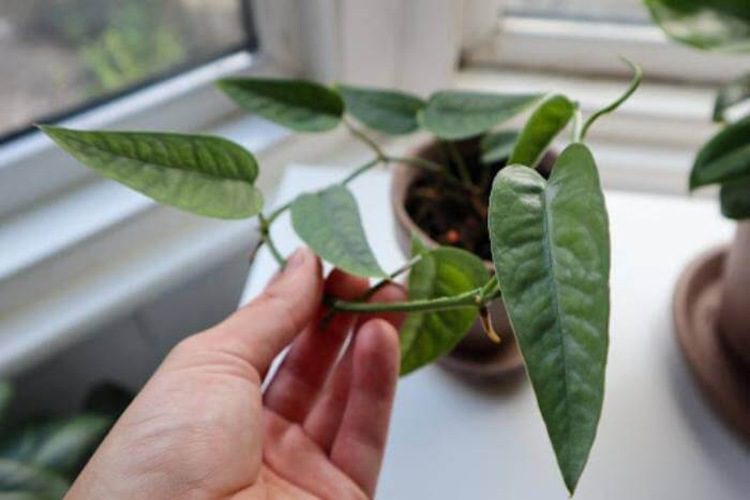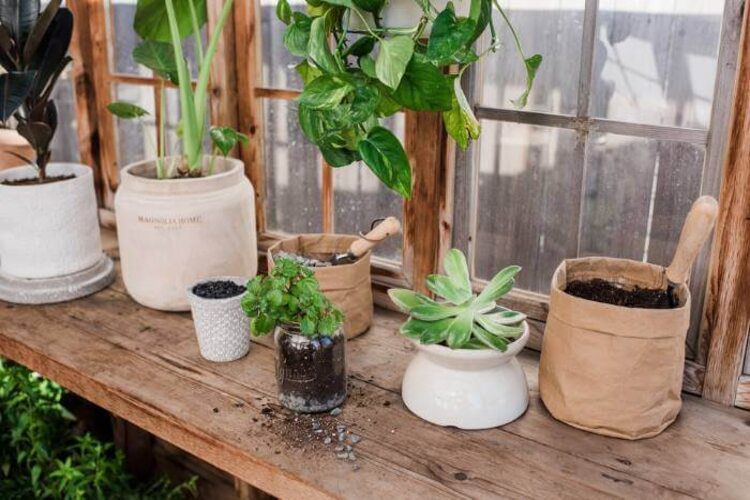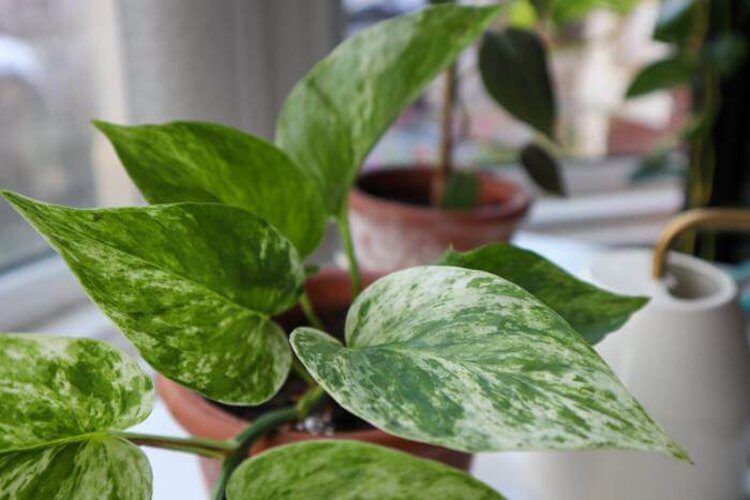Are Pothos Toxic To Dogs? Keep Your Pets Safe
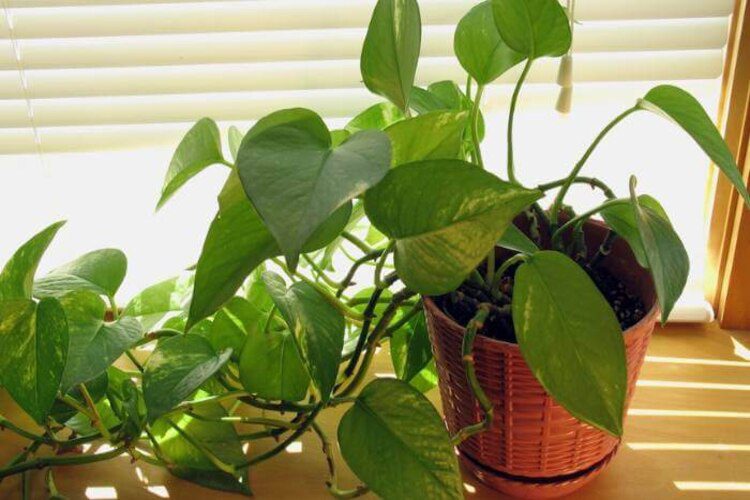
Have you been thinking about sprucing up your home with a lush and elegant houseplant? If so, the ever-popular pothos plant is sure to catch your eye. But don’t let its beauty deceive you – if any furry friends live in the household, it’s important for their safety that one essential question is answered beforehand: Are pothos toxic to dogs? With such gorgeous foliage, careful consideration should be taken before introducing this particular species into the family abode.
This decorative speckled houseplant may be pleasing to the eye, but it is listed on ASPCA’s roster of poisonous plants for dogs. Learn about how many contacts with this foliage could be hazardous and what parts are particularly deadly in our article so you can keep man’s best friend safe from harm!
Does Pothos Safe or Toxic To Dogs
Pothos, or what you can call Devil’s Ivy, is a Spider plant that may seem like a harmless houseplant, but beware: the stems and leaves of this plant are dangerous for dogs and cats. Its calcium oxalates become microscopically sharp crystals when crushed, as if to shield it from the dangers of being chewed or swallowed.
Not only does this make for an impressive defence mechanism, but these tiny needles can pose a major risk to anything that tries to eat them. The plant contains a number of insoluble calcium oxalate crystals, such as calcium carbonate, and various forms of glycosides and saponins. While not usually lethal on their own, consuming large doses—practically the whole thing!—can lead to serious consequences. When dog ingestion of calcium oxalates found in the leaves can lead to severe oral irritation from some parts like the throat, mouth, or digestive tract, fatalities are rare yet still possible, so it pays to be vigilant when caring for this particular plant species.
Our furry friends often show resourcefulness and curiosity when it comes to filling their days. From nibbling on leaves to excavating a backyard, pets will do whatever they can for entertainment. More serious they may have malnutrition, nausea, or even parasitic infections if not monitored closely. Even if your pup manages to resist the temptation of chewing on a Pothos plant, its sap can still cause skin and eye irritation from mere contact. So be aware when allowing four-legged friends around this seemingly innocuous houseplant!
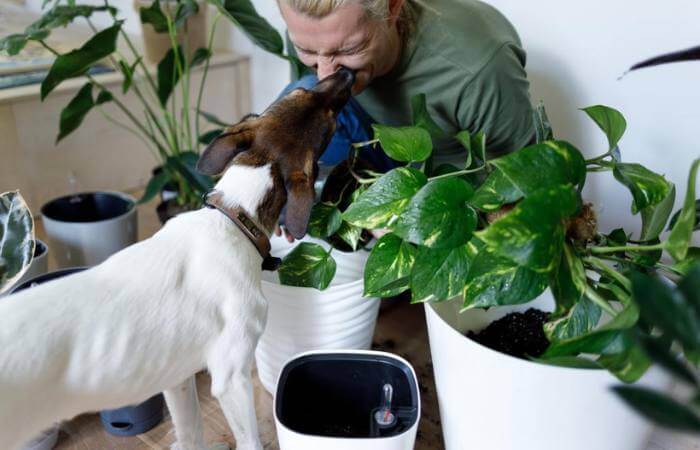
What Happens When My Dogs Ingested Pothos Vines?
If your dog eats a Pothos plant, pet owners may soon be in for a rough ride. Common signs of pothos plant poisoning could include difficulty swallowing, difficulty breathing, and panting while they also try to tell you something’s wrong -from whines to yelps, barks, or even pawing at their faces, mouths, and throats.
Pets are facing a scary and uncomfortable situation – their beloved pothos plant is burning their delicate noses, mouths, lips, and throats. The swelling associated with this can be upsetting. Further examination of your pooch’s symptoms may reveal signs that their airways are tightening, and swelling can be seen in various places, including the lips, face, and tongue. Your canine companion could also start foaming at the mouth or drooling while exhibiting an irregular heartbeat – all sure to drive up cortisol levels, leading them into a frantic frenzy.
If you think your dog chewed a Golden Pothos or anything potentially harmful, getting them to the vet right away is of utmost importance. While it’s unlikely that ingesting part of a plant will cause serious harm to canines, better safe than sorry. After a few minutes, your pet’s body will work to protect itself by triggering a gagging and vomiting response. Vomiting is essential in removing toxins from the system – though it can take away their appetite for up to one day afterwards. Keep watchful; dehydration is always more worrying than any loss of hunger, so if necessary, get them over to a vet quickly! An IV may then be required – preventing further damage from water deficiency and restoring balance straight away.
How To Deal With Your Beloved Dogs Being Poisoned?
If your pooch has taken a nibble of foliage, they may be alright in the end – but err on the side of caution and head to their vet right away!
Take along part of that pothos plant, so diagnosis is easier. Plus, don’t forget to tell your doctor all relevant details, such as when it happened, how much was eaten, and any other information you can provide. Doing this will help ensure Fido avoids an uncomfortable bout with toxicity.
- It may take some guesswork, but if you can recall the size of your beloved potted plant before your pet devoured it, then you’ll be able to get a good estimation of how much they consumed.
- It’s important to provide your dog’s veterinarian with an approximate timeframe for when you think your pet ingested the pothos plant – this knowledge can aid in making a precise diagnosis and administering proper treatment.
- Talk to your veterinarian about symptoms, even if your pup’s symptoms have vanished.
Your vet will take your pup’s temperature, inquiring about their current age and how much they’ve grown since their last visit. They’ll ask when Fido was last fed. The vet also wants to know all of his past vaccinations, temperament, and medical history. After completing an overall checkup, they’ll hop onto a scale that captures vital information regarding consumption so treatment can be tailored specifically to each four-legged friend.
Once this is out of the way, the vet will do a comprehensive review, examining physical characteristics like coat colour and texture as well as reflexes. They’ll also listen for breath sounds, confirm optimal blood pressure and temperature levels, measure oxygen saturation in the bloodstream (pulse oximetry), and take note of heart rate fluctuations – all before peeking inside your pooch’s ears, eyes, mouth & throat.
Your vet may wish to conduct laboratory tests if your dog appears unwell or believes the dog has been exposed to the pothos plant. This can involve a complete blood count, measuring electrolyte levels, and examining biochemistry and BUN for potential signs of poisoning from this dangerous foliage. If your pup has an irregular or laboured heart rate, the vet may use endoscopy to get a closer look at their upper airway.
Once the general evaluation and testing are complete, your pup’s vet may make the decision to evacuate its stomach. While initially uncomfortable for them, it will bring comfort quickly through a special peroxide solution that helps induce vomiting – allowing your furry friend to rest easy again.
After your pup’s nausea subsides, the vet may use a charcoal lavage to provide an extra layer of protection. By surrounding and absorbing any remaining toxins, this treatment helps cleanse the stomach while providing relief. Your pup can suffer from severe dehydration caused by an unwillingness to eat or drink for up to 24 hours. In this situation, it’s best that they stay at the vet overnight with careful monitoring and IV hydration therapy.
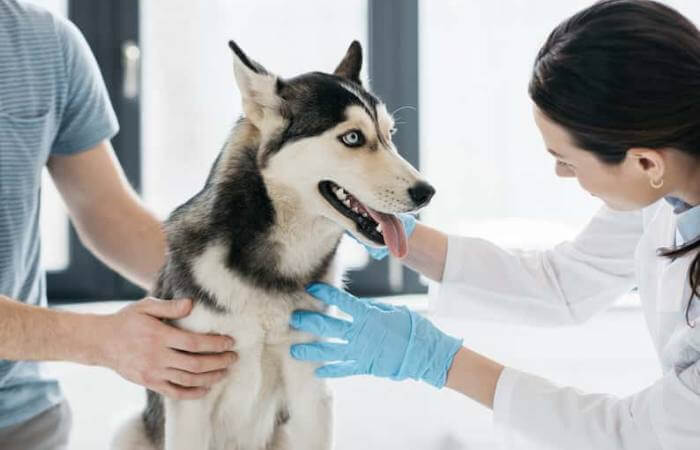
How To Keep Dogs Away From Your Pothos?
Ensure pothos are pet-friendly and your pup stays safe with some simple precautions! Keep the plant out of reach, and always supervise them when around it. Place it higher up to make sure Fido can’t get at it, or hang it on macramé hangers for a chic accent decoration. Also, you should care for humidity when placing your pothos plant in a high place. You can also mist the leaves regularly to help increase the humidity.
It’s okay to take a page out of the parenting book and treat your furry family member like you would an infant. Install baby gates, invest in locking systems, or create corrals so that both your pup and plants are safe while they explore their environment.
Keep an eye on your furry friend if they tend to gravitate towards potted plants; supervision is key! When you can’t be around, either create a safe sanctuary for the plants or limit your pup’s access by locking them in the room. A bored pup can make all sorts of mischief, from nibbling on foliage to excavating giant craters. To keep them entertained, rotate their toys once a week and introduce interactive puzzles that challenge their minds as much as provide physical stimulation for breeds like retrievers or terriers.
When a pup isn’t getting all the nourishment they need from their meals, nature provides a backup, they will eat leaves. Make sure your pup is well-fed and thriving! Consult a vet to discuss the perfect nutritional balance for them; individualised food needs vary from dog to dog. If necessary, consider switching up your diet with higher-quality options that are free of artificial fillers.
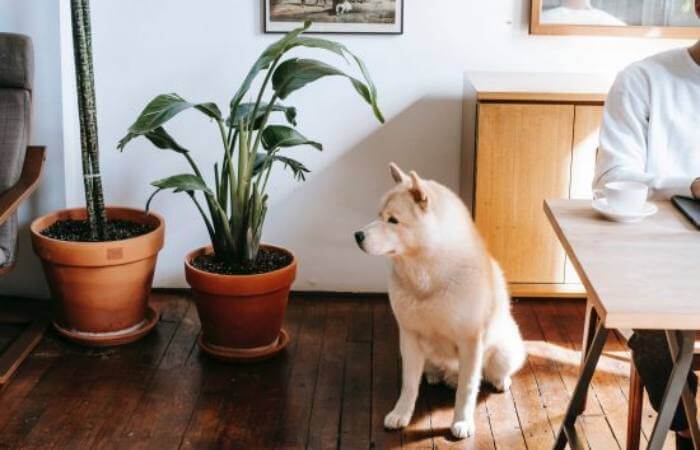
Conclusion
So do you have the answer to whether pothos are toxic to dogs? Although pothos plants can be toxic to dogs, their unbearable taste generally causes them to consume only small amounts, making fatalities rare. However, in the unfortunate instances when an animal does perish from pothos plants, it is typically because of airway obstruction due to the size and shape of its leaves rather than any internal reactions or chemical processes.
Even the most obedient pup cannot resist getting curious about plants! Make sure to educate yourself on any flora that you bring home, and ensure that your four-legged friend does not have access to or the opportunity to chew it.
FAQs
Related post:


